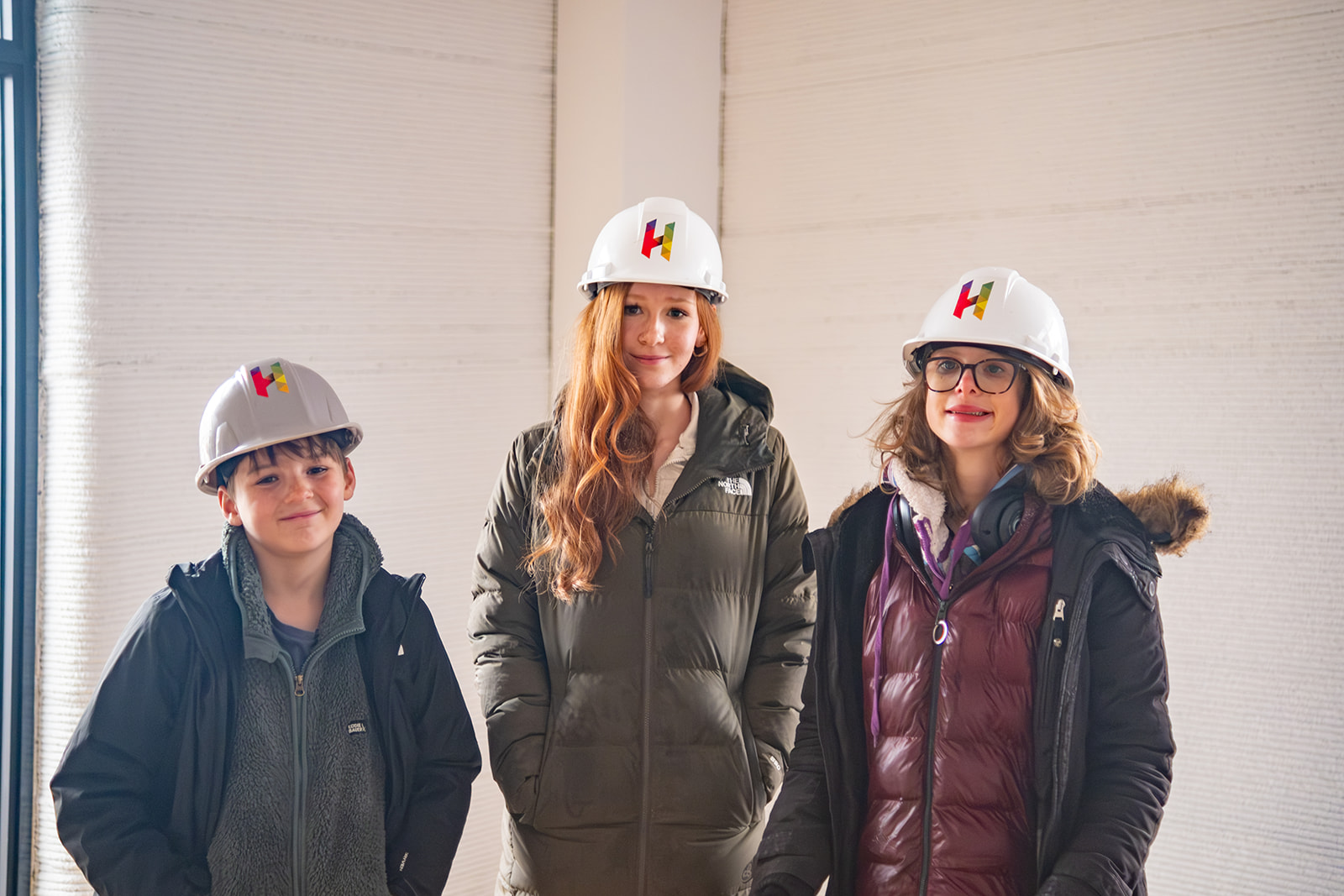
Canada’s construction industry is at a crossroads. With the federal government targeting 3.9 million new homes by 2031 to address the housing crisis, and a rising national demand for public infrastructure, the need for skilled labour has never been greater. Yet the industry faces a severe labour shortage, with over 300,000 additional workers required in the next decade.
This challenge is compounded further by global and domestic trends. Labour force participation among young people has been steadily declining. According to the International Labour Organization, the global youth workforce shrunk by 71 million between 1999 and 2019, reflecting broader disinterest in physically demanding jobs. Meanwhile, retirements are leaving significant gaps in Canada’s construction workforce, and slowed immigration has further tightened the labour pool. Unlike other industries, construction is inherently local—we can’t outsource the building of homes or bridges to other countries. The solution must be homegrown.
With robotics and innovation already in use, the tools to transform construction are here. By integrating advanced technologies into construction, and adopting a hybrid workforce model— where humans and robots work together—Canada can meet its housing and public infrastructure demands, reduce costs, and transform construction into a high-tech, appealing industry that attracts the next generation of workers.
The labour shortage is particularly acute in rural and remote communities. Many of these regions lack the capacity to provide housing and access to essential public services for construction workers and their families. These challenges make long-term projects less feasible, and delay desperately needed critical infrastructure development.
Construction productivity has lagged behind other industries for decades, but the solution doesn’t rest solely with governments or policymakers. The answer lies in technology. Advanced tools and robotics have already driven the systemic shift needed to close the gap between supply and demand. In agriculture, autonomous tractors streamline planting and harvesting. In car manufacturing, robotics have been used for decades, enabling precision and efficiency on assembly lines. The healthcare industry has embraced robots for surgeries, AI for diagnostics and treatment. Now, construction must adopt similar innovations to modernize and meet the demands of the future.
Robotics can bridge the labour gap while modernizing the construction industry by transforming how work is done. Robots excel at tasks that are dull, dirty, and dangerous—jobs that people don’t want to do and make construction less appealing. From pouring concrete to handling repetitive tasks, or operating in hazardous environments, robots enhance safety, precision, and speed.
By automating routine and physically demanding tasks, robots allow workers to focus on creative, technical, and supervisory roles. This hybrid approach not only improves productivity, but also makes construction jobs more attractive to a younger, more tech-savvy generation who might otherwise bypass the trades for more tech-driven industries.
This may sound like a futuristic fantasy, but robotics have already been successfully used on at least one construction site in Canada—our Gananoque, Ont., project, which demonstrates the transformative power of robotics. We delivered 26 stacked townhouse units—at an average cost of under $300,000 per unit (excluding land, site servicing, and soft costs). The project also achieved a 20-per-cent decrease in energy intensity and a 67-percent decrease in greenhouse gas emissions relative to the National Energy Code of Canada for Buildings. At the heart of this success was Val, a construction robot that poured concrete with unmatched efficiency, reducing the physical demands on workers while maintaining a high standard of quality.
The Gananoque project shows that robotics isn’t just a concept for the future—it’s a solution for today. Beyond housing, robotics has the potential to revolutionize public infrastructure, enabling faster, safer, and more cost-effective construction of schools, transportation networks, and hospitals.
For robotics to reach its full potential, Canada needs to invest in the next generation of construction workers. This requires a comprehensive workforce development strategy that integrates robotics and advanced technologies into education and training programs. Governments, developers, and post-secondary institutions must work together to create programs that equip workers with skills in robotics operation, programming, and deployment. These efforts can reposition construction as a desirable, high-tech career path that attracts younger generations.
Policymakers have a critical role to play in fostering innovation. This can be done by providing incentives for technology adoption, such as funding, tax credits, and grants, while expanding workforce development initiatives and encouraging public-private partnerships to modernize practices.
Meeting our housing and infrastructure demands is an opportunity to empower an entire generation to shape the future. By combining human ingenuity with advanced technology, Canada can build faster, safer, and more efficiently— while creating opportunities for workers to thrive in a modern, tech-driven industry. This shift towards innovative construction will attract a new generation of talent and ensure communities across the country have the housing and infrastructure they need.
Nhung Nguyen is the CEO of Horizon Legacy.
The Hill Times
.png)

.svg)




